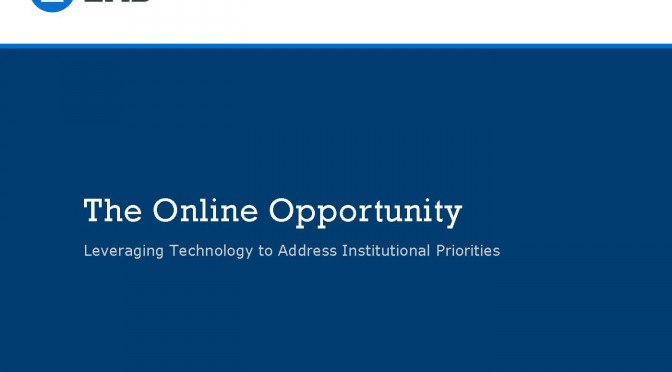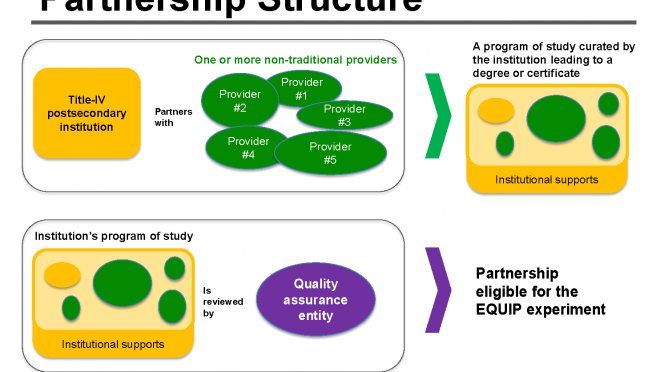Education Advisory Board (EAB), “Understanding the Changing Market for Professional Master’s Programs.” July 2015.
In both core disciplines and new niche fields, the key to capturing emerging market growth is customizing offerings not just to “working professionals” but to distinct segments within this group— career starters, career advancers, career changers, and career crossers—through features such as flexible delivery, stackable credentials, practical experience, accelerated format, interdisciplinary pathways, and professional development.
With the market for master’s degrees growing and changing, this segment is estimated to outpace all other degrees. The program focus will be on specific job skills that help students gain a new job or advance in an existing position.
Content restricted to registered users. Please contact a site administrator to request this material.

